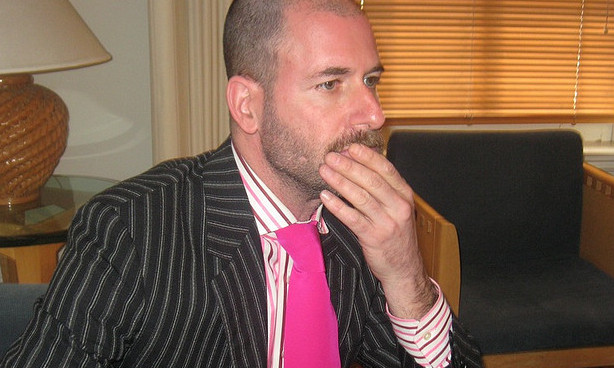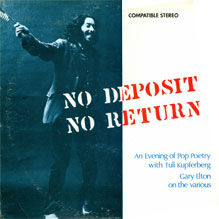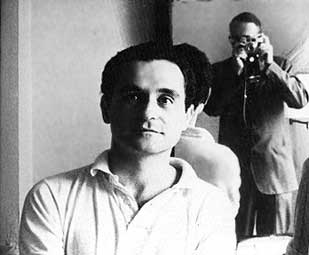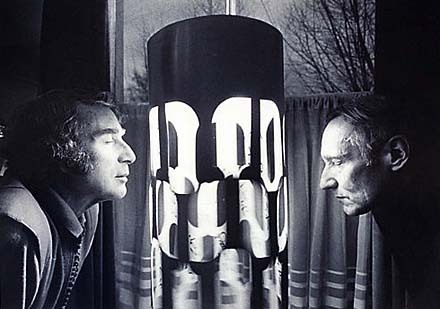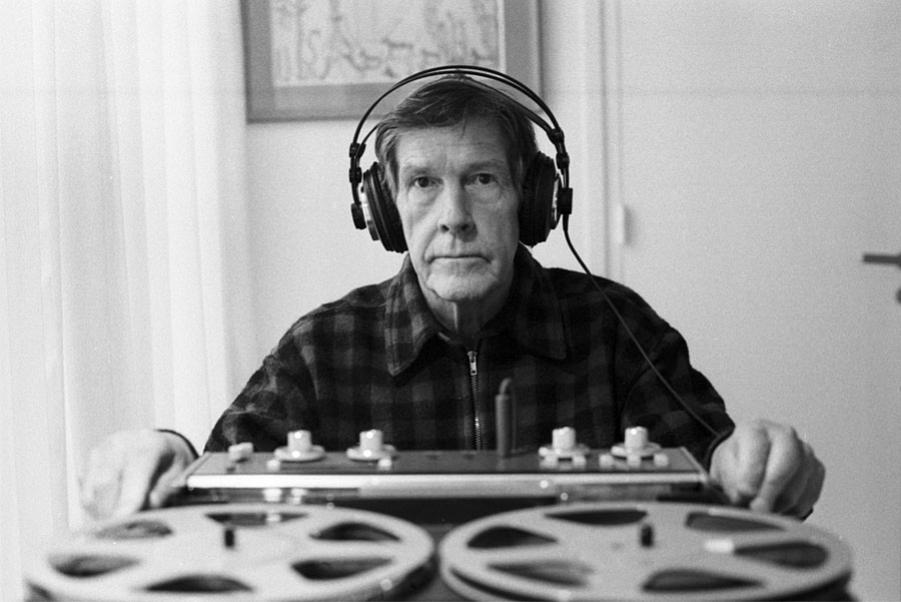We're wrapping up the first half of our class, which has largely focused on the mechanical transformation and/or generation of texts, with perhaps the most objective, "un-authorial" readings of the semester.
 |
We begin with the artist who's perhaps most radically embraced this aesthetic: Andy Warhol. In addition to Warhol's groundbreaking visual art and films, he's also the author of several books, including 1968's a, A Novel, which we'll read a little of for today's class. Framed as the taped documentation of an uninterrupted twenty-four hours in the life of Factory Superstar, Ondine, the contents of a were in reality recorded over the span of two years, with the novel's subdivisions (from 1/1 to 24/2) representing the individual cassettes sides. These tapes were transcribed by a total of four typists, including Velvet Underground drummer Maureen Tucker (who famously refused to print any profanities) and two high school girls (one of whom got in trouble when her mother realized what she was working on). Aiming for an unpolished feel, Warhol kept the stylistic inconsistencies between the four transcriptionists, along with any typos. We'll read the first tape's worth of transcriptions for Tuesday [PDF], and here's a very brief comment by Warhol on the book's composition taken from The Philosophy of Andy Warhol [PDF]
Next up, we'll take a look at a few pieces from poet and UbuWeb founder Kenneth Goldsmith, who's helped usher hyper-conceptual poetry into unexpected venues like the White House and the Colbert Report. Transcription and documentation of various sorts have played a key role in Goldsmith's writing process, from his latest book, Seven American Deaths and Disasters — which employs media reports on the deaths of John F. Kennedy, Robert Kennedy, and John Lennon, 9/11, the Challenger disaster, and more — to early works like Soliloquy (which documents everything he said during one week) and Day (which transcribes every word in the September 1, 2000 New York Times, reading across the columns).
We'll look at two of the three books from Goldsmith's "on the ones" trilogy, which focuses on transcriptions of radio broadcasts, and includes Sports (an August 2006 Yankees/Red Sox game that was, at the time, the longest nine-inning game in history, running for five hours), Traffic (a day's worth of traffic reports from New York's 1010 WINS-AM), and The Weather (a year's worth of weather reports from the same station). For Tuesday, we'll look at the first two in the series: Traffic, and The Weather, and I encourage you to read as much or as little as you desire. Goldsmith himself has said that it's unnecessary to read his books in their entirety (and he himself falls asleep while proofreading them): the most important thing is to grasp the concept at play in each book. You can read Goldsmith's Traffic here, and listen to him reading the book here; The Weather is here, and a complete reading can be found here.
Next up is "Dinner and Opera" by Jon Cotner and Andy Fitch, an excerpt from their book Conversations Over Stolen Food. Their approach to composition is described in the introduction to the piece:
Between December 2006 and January 2007, we recorded forty-five-minute conversations for thirty straight days throughout New York City. Half of these talks took place at a Union Square health-food store which we call "W.F." Other locations included MoMA, the Metropolitan Museum of Art, the Metropolitan Opera House, Central Park, Prospect Park and a Tribeca parking garage.
Finally, we'll conclude this day's readings, and this phase of the class, with Tuli Kupferberg's 1966 album, No Deposit, No Return, which is introduced in its first track as "a nightmare of popular poetry." Kupferberg continues on the back cover copy:
An album of Popular Poetry, Pop Poetry. Real Advertisements. As they appeared in newspapers, magazines, in direct mail, a company info bulletin, as a schoolroom flyer. No word has been added. Parts of some have been repeated. Parts of some omitted. But these are the very texts. These are for real!
We'll hear more from Kupferberg later this term when we listen to select tracks by the Fugs, the poetry rock group he founded with Ed Sanders in the mid-60s. A few suggestions if you can't listen to the whole album: "Pubol," "Social Studies," "The Hidden Dissuaders," "The Hyperemiator," "The Sap Glove," and "No Deposit, No Return."Also, take note that the actual ads for The Hyperemiator and The Sap Glove are displayed on the back cover of the album: front cover / back cover / liner notes 1 / liner notes 2

